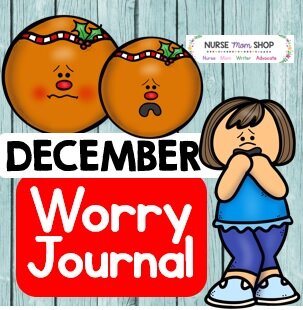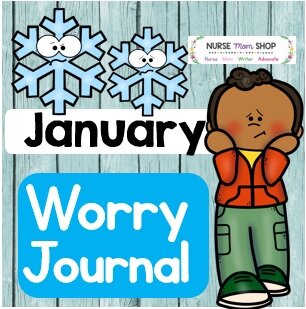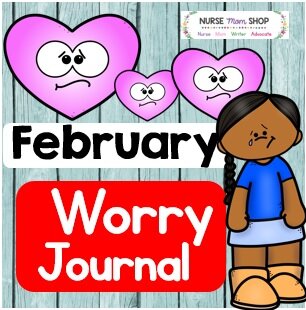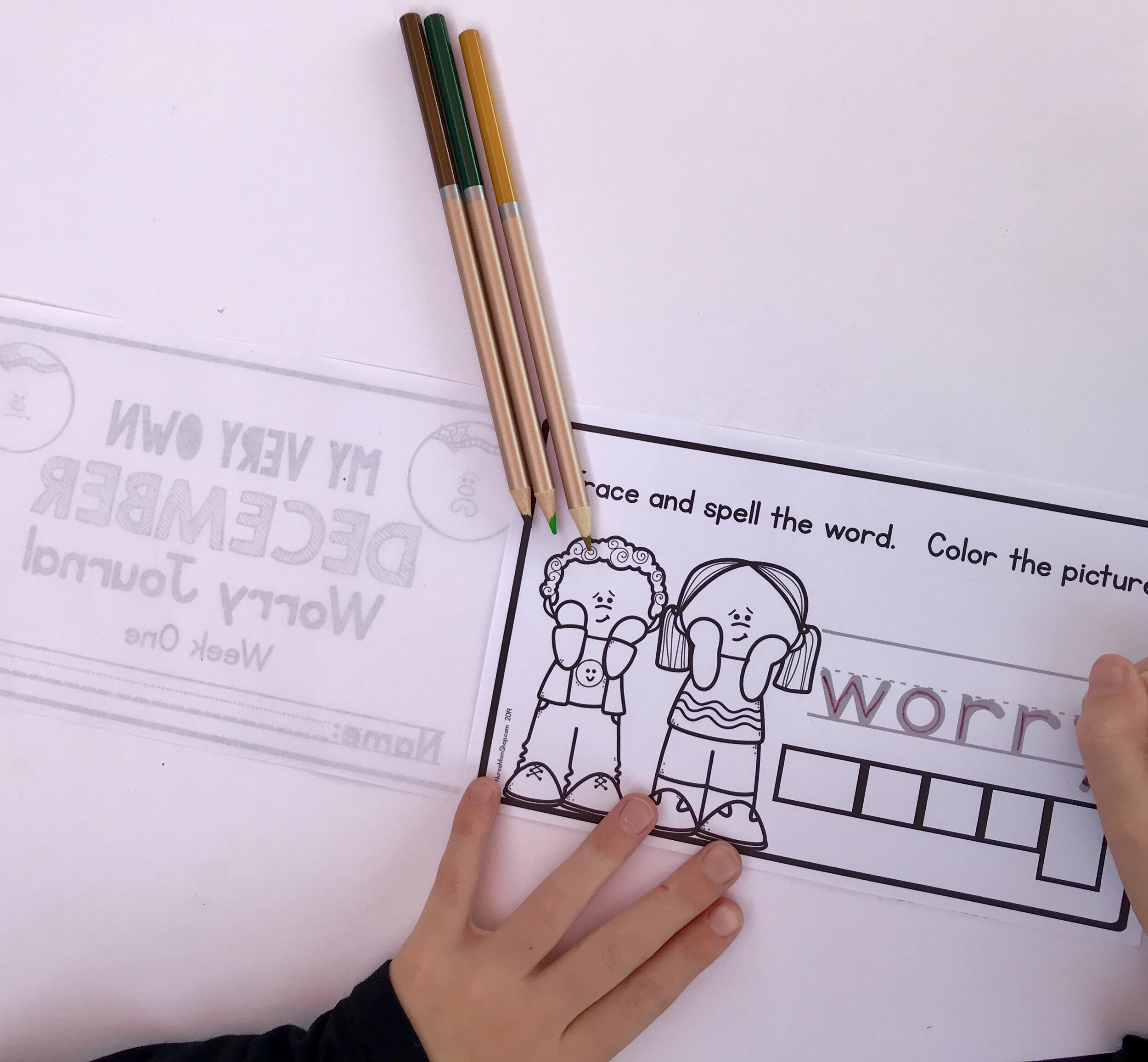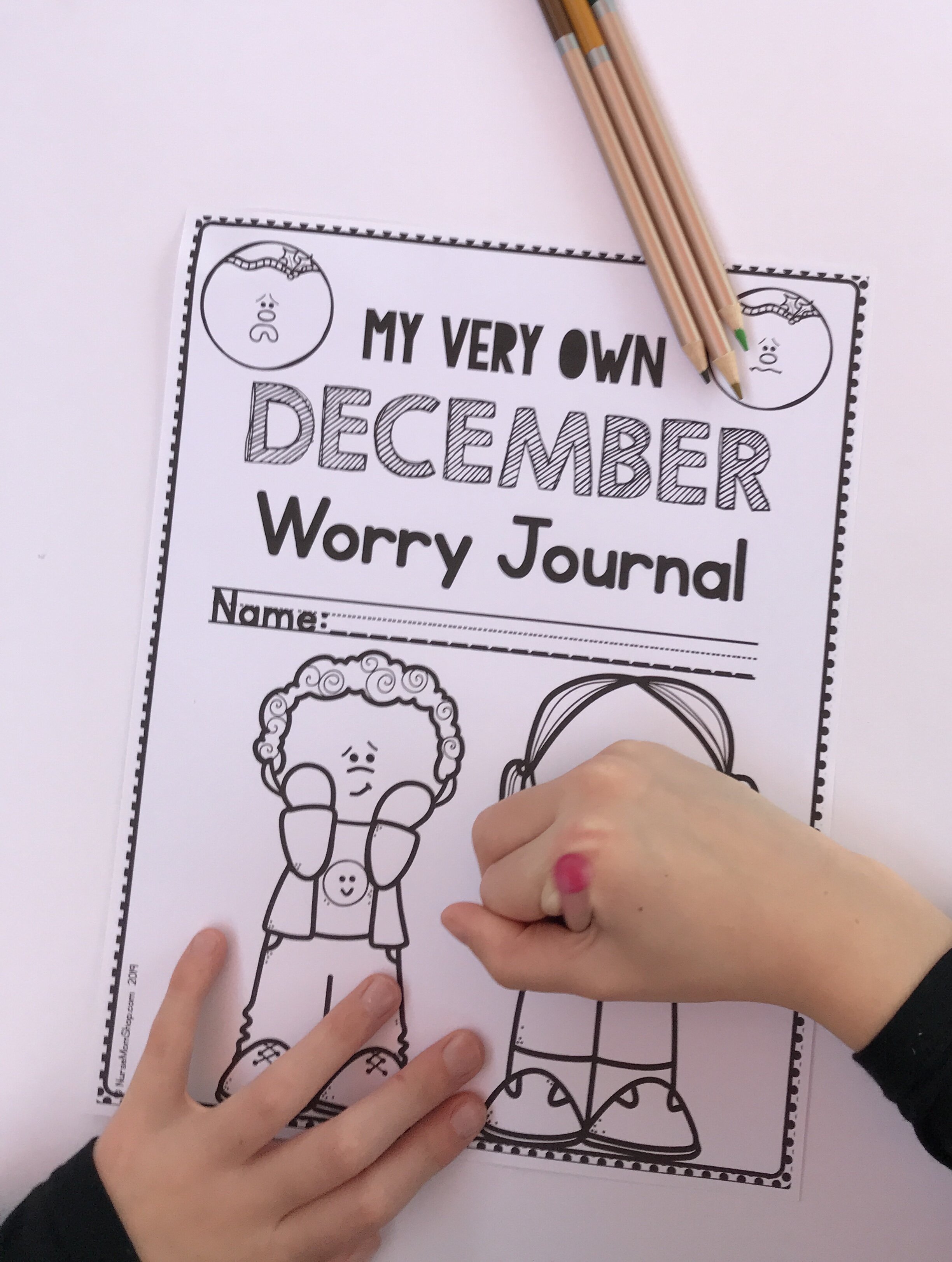Thoughts on Navigating Winter Worries
“I’m convinced that when we help our children find healthy ways of dealing with their feelings — ways that don’t hurt them or anyone else — we’re helping to make our world a safer, better place.” - Fred Rogers
The longer that I’ve been parenting and working in pediatrics, the more weight I place on rhythm. It is huge. This is true in daily life with our children - bedtime routines, daily household rhythms and understanding expectations. It is also true when it comes to navigating anxieties and worries.
Some worries come out of nowhere because that is part of being human. Life happens and we are all navigating together how painful and difficult it can be to be human. For these types of worries: connection, connection and more connection is what I’ve found to be helpful. Reminding our children that they are not alone and that we are with and for them for them is powerful.
But other worries have more predictable patterns to them. Each season holds transitions that can cause anxiety to pop up. Back-to-school season holds a lot of new people and new routines. Holiday times can cause anxiety related to travel and changes in normal patterns. For many children these changes are exciting and anticipated. But it is very common for changes in rhythm to cause anxieties and behavioral changes for kids.
I’ve been working on a set of monthly Worry Journals to help kids and caregivers anticipate some of these routine stressors and transitions. My goal for these journals in to provide some language and tools to help kids be able to process and verbalize what they are experiencing.
I am attempting to use the holidays or events that are already occurring each month to provide context. For example, in the December journal I talk through some of the challenges or worries that may come up around the holidays. I provide activities to help kids think about how they feel when their schedule changes. For example, when they’re out of school for two weeks, how does that make them feel? Some children will love this change. For others, it will cause stress and anxiety.
Each monthly Worry Journal provides twenty days worth of prompts and material. This allows the journal to be used for four weeks with one prompt a day for each of the five week days. Each week of journal prompts comes in two forms - an outline form as well as a mini-book form. This allows the teacher or parent to decide which format works better for their children.
The December Worry Journal covers the following topics:
Week One: Worries and the holidays
Week Two: Worries come in all sizes
Week Three: Worries and parties (social anxiety)
Week Four: Changes in routines
You can try ONE WEEK of the December Worry Journal for FREE by clicking here.
I’ve also completed the January and February Worry Journals.
The January Worry Journal discusses how we can set goals around our worries by implementing worry tools and strategies. It also discusses how each of us has unique worries. I use the example that just as no two snowflakes are exactly alike, our worries aren't identical either!
The January Worry Journal covers the following topics:
Week One: Worries are unique
Week Two: Worry tools
Week Three: Worry goals
Week Four: Worry feelings
I tried to tie in the idea of setting New Year’s resolutions to provide context for setting worry goals. You can try one week of the January Worry Journal for free by clicking HERE.
Because Valentine’s Day is in February it provided a great opportunity to discuss connection and community. It is vital for children to be able to identify safe adults in their lives whom they can come to with their worries. That was my main goal for February. I also used this month as an opportunity to discuss compassion and self-compassion when it comes to worries.
The February Worry Journal is divided into the following topics:
Week One: What is community?
Week Two: What is compassion?
Week Three: What is self-compassion?
Week Four: Asking for help
I was recently at a conference about caring for children who have experienced childhood trauma. One of the speakers discussed several recent studies which all showed that the number one indicator of resilience when it comes to childhood trauma is that the child could consistently name at least one safe and stable adult whom they could go to with their concerns. It is invaluable to help children identify who their safe adults are.
To see if the February Worry Journal is a good fit for the children in your life, download the first week of the journal HERE for free.
I’ve bundled the three winter monthly Worry Journals to provide them at a discount. If these tools would be helpful in your home, classroom or office, click the link below purchase them as a bundle.
I truly hope these journals help you and the little people in your life navigate the BIG feelings that can come up around cyclical and seasonal worries. I hope they provide some language and tools that feel useful. May we be gentle and kind with ourselves and with our children as we process together all that it means to be human.

